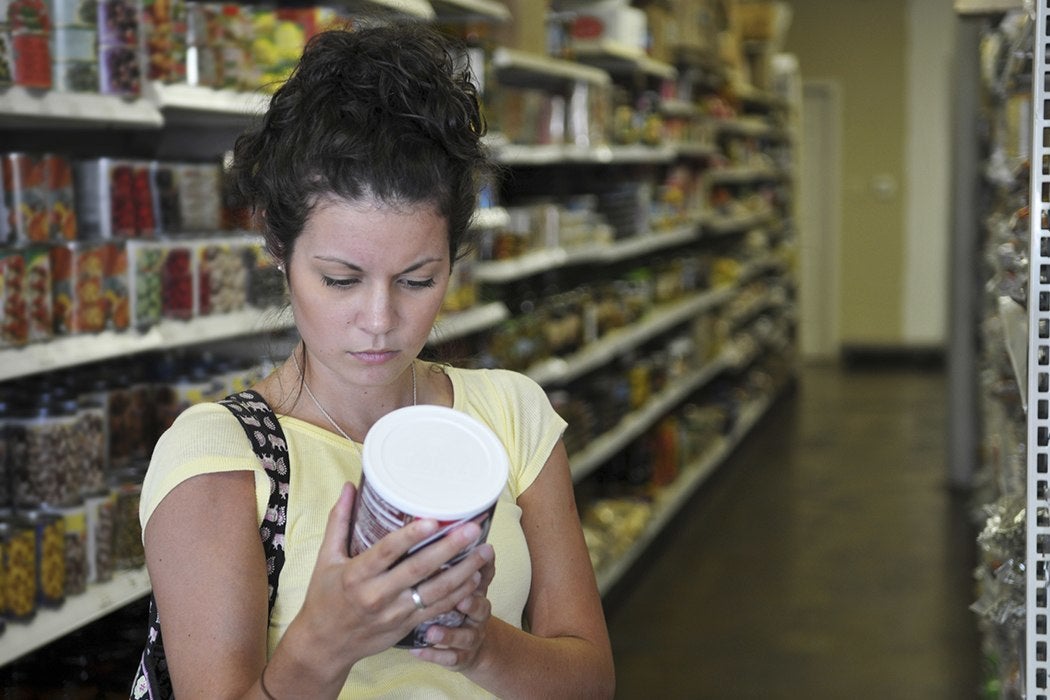Nutrition labels are changing for the first time since they were introduced two decades ago. The Food and Drug Administration has approved two big changes: listing added sugars for the first time and adjusting servings to more accurately reflect how many servings (and therefore calories) people eat. The changes, which will mostly be in effect by July 2018, are meant to promote more nutrition awareness and curb the rise of obesity in the United States, a cause that First Lady Michelle Obama has enthusiastically supported.
Of course, not everyone is pleased with the change. Some have said that the new labels, which the FDA in 2014 estimated would cost $2 billion, won’t do much good. The Sugar Association trade group saying that it is “disappointed” by the new label, which it says unfairly demonizes sugar when it hasn’t been shown to be definitively linked to disease.
So how likely are these new food labels to encourage healthy behavior? And how important is reading nutrition labels as a weight-loss tactic when compared to simply exercising? In a 2010 study from the Journal of Consumer Affairs, researcher Bidisha Mandal crunched survey data to answer precisely these questions.

Mandal used data from nearly 13,000 people, focusing on data from participants who were between 37 and 50 years old. She found that women were more likely to read food labels and also more likely to lose weight than men. The most interesting finding, however, is that people who read food labels and did not exercise were more likely to lose weight than those who didn’t read food labels but exercised. This supports the ongoing discussion that being aware of calories is more important than exercising, because we often misjudge how many calories we’re eating, and moderate exercise usually doesn’t burn off a Big Mac.
The research seems to suggest that the new nutrition labels, especially the adjusted serving sizes that will help people more accurately calculate how many calories they’re eating, will have measurable effects on those trying to lose weight.







